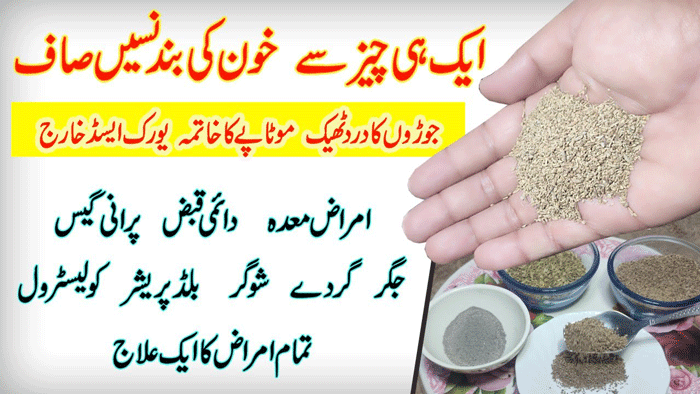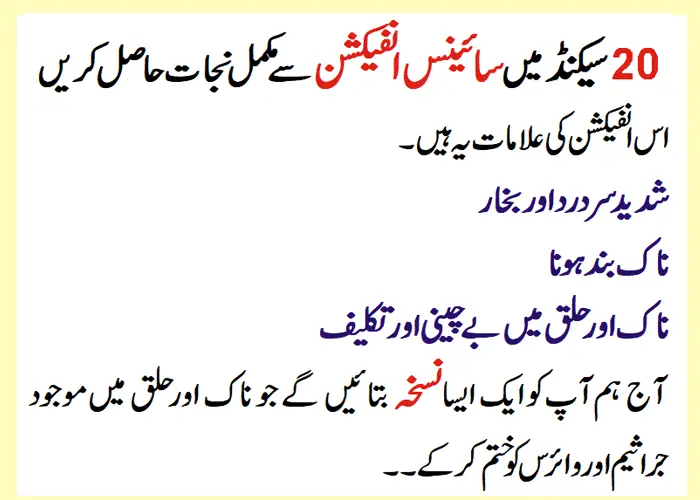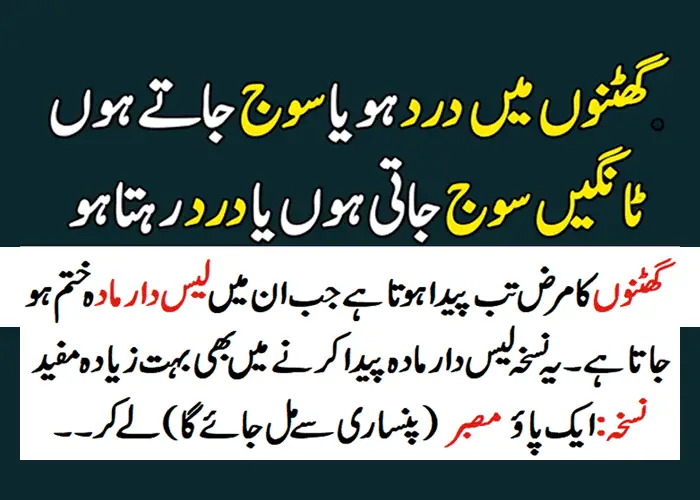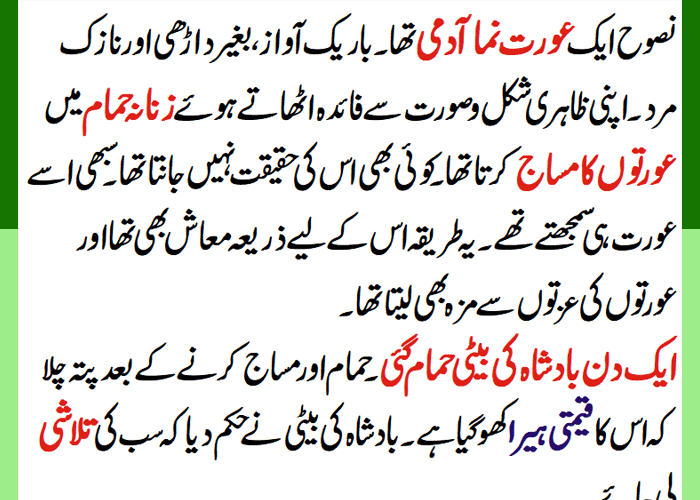Varicose veins are a common condition characterized by enlarged, twisted veins that appear dark purple or blue in color. They often occur in the legs and feet and can cause discomfort, pain, and cosmetic concerns for those affected. While varicose veins are typically not a serious medical condition, they can lead to complications if left untreated. Understanding the causes, symptoms, and treatment options for varicose veins is essential for managing this condition effectively.
Causes of Varicose Veins
Weak or Damaged Valves
Varicose veins develop when the valves in the veins weaken or become damaged, causing blood to pool in the veins rather than flowing smoothly back to the heart. This leads to the formation of swollen and twisted veins visible beneath the skin’s surface.
Increased Pressure in the Veins
Factors such as pregnancy, obesity, prolonged standing or sitting, and aging can increase pressure on the veins, contributing to the development of varicose veins. High pressure forces the veins to work harder to pump blood back to the heart, leading to vein enlargement and distortion.
Hormonal Changes
Hormonal fluctuations, such as those occurring during puberty, pregnancy, or menopause, can affect vein health and contribute to the development of varicose veins. Changes in hormone levels can weaken vein walls and valves, increasing the risk of vein enlargement and dysfunction.
Symptoms of Varicose Veins
Visible Veins
The most obvious symptom of varicose veins is the appearance of swollen, twisted veins that are visible beneath the skin’s surface. These veins may appear dark purple or blue and may bulge or protrude from the skin.
Leg Pain and Discomfort
Varicose veins can cause aching, throbbing, or cramping pain in the legs, especially after long periods of standing or sitting. The pain may worsen with physical activity and improve with rest or elevation of the legs.
Swelling and Heaviness
Individuals with varicose veins may experience swelling or heaviness in the legs and feet, particularly at the end of the day or after prolonged periods of standing. Swelling may be more pronounced in the ankles and lower legs.
Itching and Skin Changes
Varicose veins can lead to itching, irritation, or dryness of the skin around the affected veins. In some cases, skin discoloration, redness, or the development of ulcers or sores may occur, especially in advanced cases of varicose veins.
Treatment Options for Varicose Veins
Lifestyle Modifications
Making lifestyle changes such as maintaining a healthy weight, exercising regularly, avoiding prolonged sitting or standing, and elevating the legs periodically can help alleviate symptoms and prevent varicose veins from worsening.
Compression Therapy
Wearing compression stockings or socks can help improve blood flow in the legs and reduce swelling and discomfort associated with varicose veins. Compression garments exert pressure on the veins, helping to support their function and prevent blood from pooling.
Sclerotherapy
Sclerotherapy is a minimally invasive procedure used to treat small varicose veins and spider veins. During the procedure, a sclerosing solution is injected into the affected veins, causing them to collapse and fade from view over time.
Endovenous Ablation
Endovenous ablation is a minimally invasive procedure used to treat larger varicose veins. It involves inserting a thin catheter into the affected vein and delivering heat energy or laser energy to seal the vein shut, redirecting blood flow to healthier veins.
Vein Stripping and Ligation
For severe cases of varicose veins, surgical procedures such as vein stripping and ligation may be recommended. These procedures involve removing or tying off the affected veins to alleviate symptoms and improve blood flow.
Conclusion
Varicose veins can be a source of discomfort and cosmetic concern for many individuals, but effective treatment options are available to alleviate symptoms and improve vein health. By understanding the causes, symptoms, and treatment options for varicose veins, individuals can take proactive steps to manage this condition and improve their quality of life.






